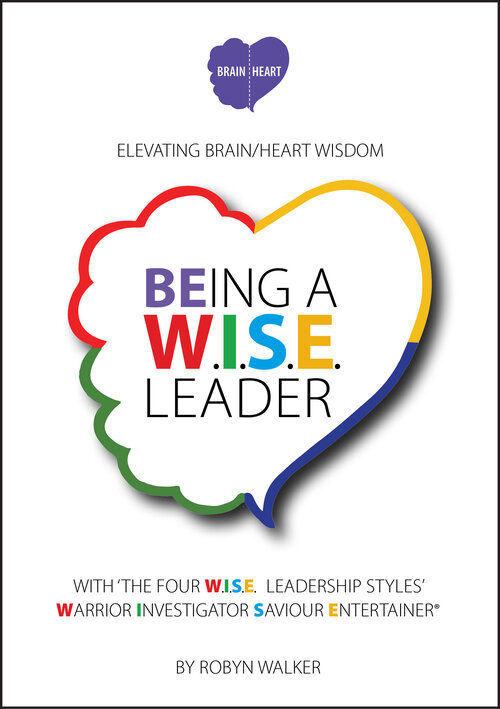
(Excerpt from Robyn’s latest book, ‘BEING A W.I.S.E. LEADER’)
Regardless of our gender, age, colour, sexuality, culture, religion, nationality, life experiences, where we live, how much money we have….in other words, regardless all of the ‘layers’ that make up who we are as people, as individuals, as human beings on this amazing planet Earth, there appears to be a ‘commonality’ in how we connect with ourselves (within), and with all others (without).
Over many decades, these commonalities have been simplified into a variety of profiling instruments and assessment tools, based around four primary behavioural or interaction styles.
Four Primary Styles
It’s been said that . . .
“Assessment Profiles are the ‘mirror on the wall’ which
explain what everyone, except ourselves, can see.
They explain the surface level of who we are –
our behaviour and how we communicate.”
Anaïs Nin sums it up beautifully in ‘Seduction of the Minotaur’
‘We don’t see things as they are; we see them as we are.’
We are a fascinating species and there has been much research into our beliefs, emotions and behaviours, in attempting to understand who we are and how we are as human beings, both individually and collectively. You may well be aware of some of these assessment tools; also referred to as frameworks.
The more well-known include HBDI thinking preferences, DISC behavioural styles, and Myer-Briggs personality profiles. In Japan they believe our four blood types (i.e., A, B, AB and O) define our personality.
The above assessment tools have one thing in common; they are based on four primary styles, indicators, dimensions, and/or quadrants. For example, even though Myers-Briggs has 16 different personality types, they are described in terms of four-letter codes, such as ESTJ or INFP.
As an accredited behavioural styles facilitator, I have always loved the simplicity of one particular assessment profile, based on four distinct styles. However, over the years, I realised that many people, unless they were working with assessment profiles all the time, soon forgot what each of the four letters, representing each style, meant and therefore too often the learning was not retained and utilised.
I knew if I could find a more succinct and accurate four-word acronym, which more simply ‘languaged and described’ each of the four unique styles, perhaps it would become easier for people to remember and integrate these learnings.
And then, as the four styles became memorable for them, especially within a story telling context of how they function and operate; people could pass this ‘wisdom’ on and share it with others.
This was the catalyst, in 2017, which resulted in the creation of ‘The four W.I.S.E. Archetypes®’…
… or what I also refer to as the ‘Warrior Investigator Saviour Entertainer Leadership Styles®’
Robyn’s book is now available on Kindle and Paperback at Amazon.

